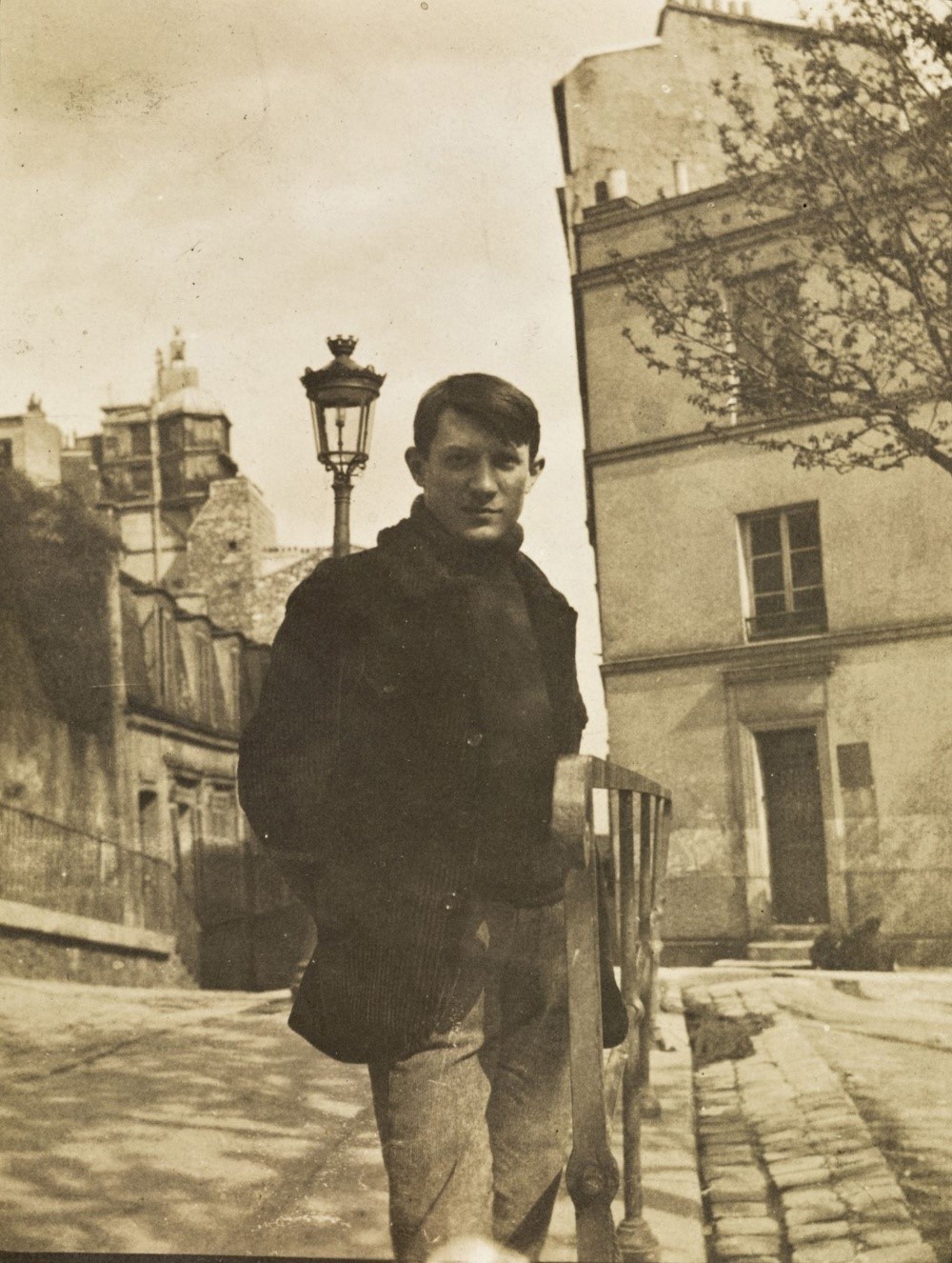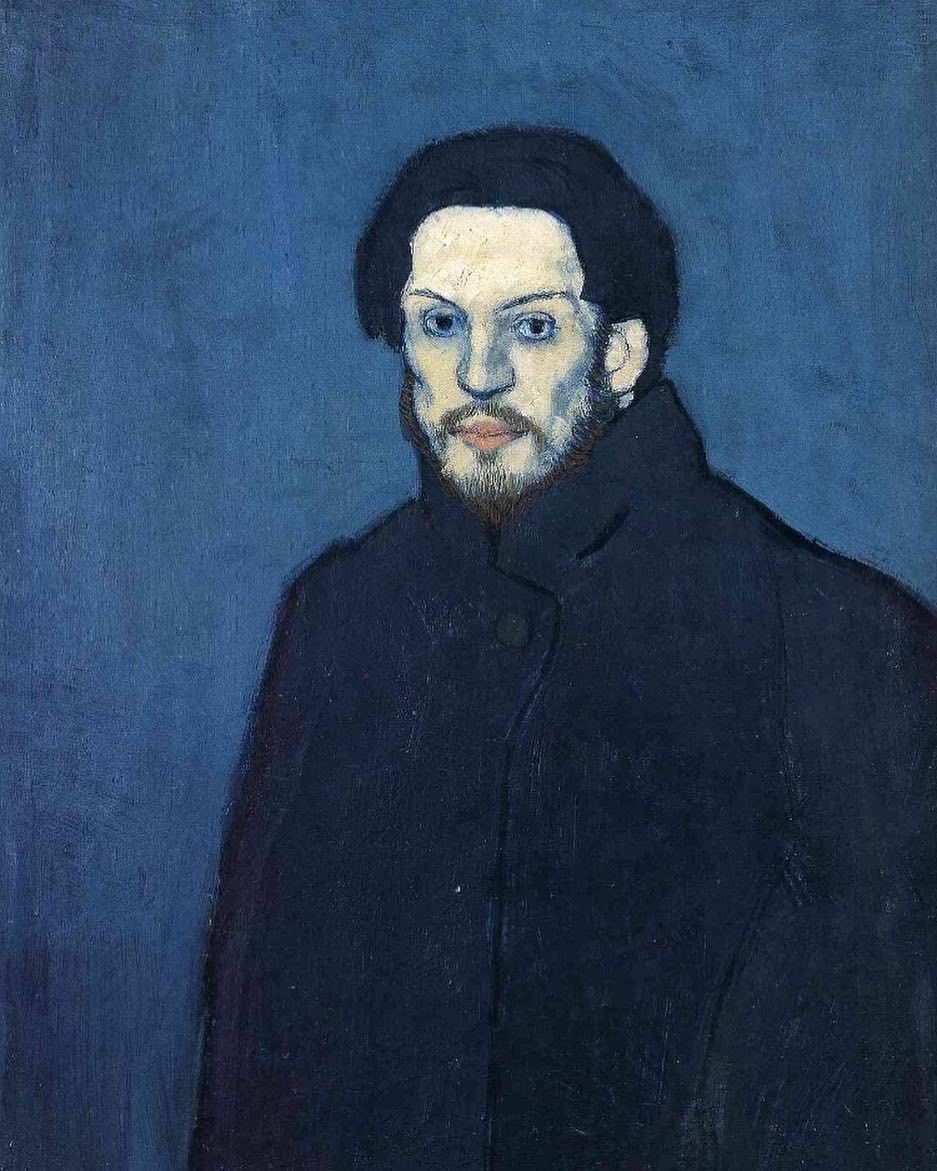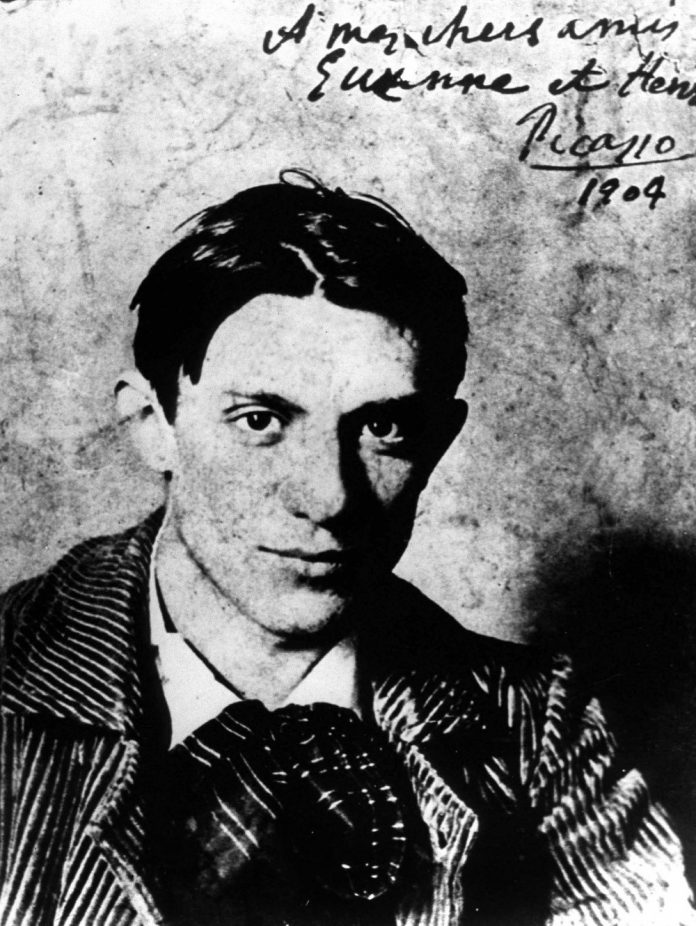Pablo Picasso is one of the most influential artists of the twentieth century. He introduced a new style of artistic expression to the world. He also put an end to the belief that works of art should be a reality in order to be of any value.
Born in the Spanish city of Malaga on October 25, 1881, from childhood, Picasso was surrounded by everything necessary for becoming a famous artist. His father, José Ruiz Blasco, was also an artist and professor of art. He brought up the natural talents of his son in every possible way. Pablo participated in group exhibitions organized by the institution in which his father worked.
But, a solo exhibition was a real breakthrough for the young artist. It opened on June 24, 1901, when Pablo was 19. It took place in a small commercial gallery on the famous Parisian street Lafitte. It was organized by influential art dealer Ambroise Vollard.

By the time he met Pablo, Vollard had already collaborated with a number of post-impressionist contemporaries of Picasso: Gauguin, Paul Cézanne, and Vincent van Gogh. Due to his business acumen and some successful finds (for example, buying up many of Mane’s unfinished works after his death), Vollard became the main dealer not only of post-impressionism but also, of a relatively new method of selling art. Instead of large-scale, state-funded salons, he was engaged in small galleries and exhibitions.
Like other anti-academic artists, Picasso had to use the capabilities of this network to get on the big art scene. Encouraged by this opportunity, Picasso rushed headlong into the preparations. The exhibition featured about 75 works. One of the most striking was the artist’s self-portrait. Picasso managed to get positive reviews from critics.

But, Vollard did not really consider this first exhibition successful and did not buy works from Picasso until 1906. And Picasso’s initial enthusiasm for Vollard was also weakened. With this exhibition, Picasso managed to get into the ranks of promising artists. And although he ended up in a foreign city without any financial savings, this experience led him to the legendary “Blue” period.

























